From a walking tour of Zagreb or Dubrovnik to a walk around the mesmerizing Kozjak Lake in the Plitvice Lakes National Park, there is no doubt that Croatia, replete with turquoise seas, stunning beaches, and fairytale-like architecture, is breathtakingly beautiful, and is a destination that is sure to leave you speechless with wonder.
A country situated in Central and South-East Europe, Croatia is home to many spectacular castles and magnificent waterfalls. Whether you visit the Plitvice Lakes National Park or plan a short trip to Biševo Island for the Blue Cave, your trip to Croatia is going to be the perfect break from daily life.
Amongst all the lovely destinations that Croatia houses, the Blue Cave, also known as the Blue Grotto (Modra špilja) is the most enchanting and mesmerizing. It attracts thousands of tourists from across the globe to gaze at the phenomenon. Situated on the quaint island of Biševo, five kilometers south of Vis Island, Croatia’s Blue Cave is an absolute natural treasure and is famous for the one-of-a-kind aquamarine color that fills its space during a certain time of the day.
If you are planning a trip to the Blue Cave, one of the most sought-after destinations in Croatia, here are some of the things you should know:
1. The History of the Blue Cave
1.1 How was this splendorous cave formed?
The cave, which is 24 meters long, about 10 to 12 meters deep, and around 15 meters high, was formed over a period of time with the constant eroding of the limestone rock by the ocean waves.
Until 1884, it was accessible only by diving through a natural opening on the ceiling of the cave and was discovered much later by Baron Eugen von Ransonet. Thanks to his efforts, today, tourists can visit Croatia’s Blue Cave on a small boat through a narrow artificial opening that was blasted out with dynamite.
1.2 What’s So Special about the Blue Cave in Croatia?
A Blue Cave tour in Split will leave you spellbound as you witness the hypnotizing silver-blue light that illuminates the space inside the cave. This is a natural phenomenon that occurs when sunlight hits the surface of the ocean through a vault (natural opening) on the cave’s arched roof and reflects off the seabed between 11 am and 12pm every day. This also the best time to plan your Blue Cave trip, so you can see this destination in all its glory.
1.3 How to Reach the Blue Cave in Croatia?
Located on Bisevo Island, the Blue Cave can be easily visited through an organized tour. You can plan your Blue Cave tour from Split, Trogir, Vis, Hvar, Omis, Makarska, and other nearby islands.
Bisevo, the remotest island on the Croatian Adriatic Coast, is about 1 hour 30 minutes away from Split by speedboat. A Blue Cave tour from Split is one of the most popular ways tourists explore this destination. You can also enjoy brief stopovers at other beautiful islands like Hvar, Pakleni, Budikovac, and Vis.
2. How to Sail across the Blue Cave
The island of Bisevo has 3 ferry ports – Porat, Mežuporat, and Salbunara. You can disembark at Mežuporat and board the little official boats (rubber rafts) that are run by a company called Nautički centar Komiža. A maximum of 3 boats can enter the cave at a time, and no private boats are allowed inside.
An entire Blue Cave trip usually takes about 15 minutes. The brief period that you spend inside the cave is enough to let you soak in the ethereal beauty of this natural attraction. And the best part is that photography is permitted inside the cave, which will help you preserve and cherish these mystic moments forever.
Your trip to the Blue Cave will be incomplete without visiting the nearby places which are almost as beguiling. A few destinations that you can add to your day’s itinerary are:
3. Stiniva Bay
Located on Vis Island, Stiniva Bay is paradise on earth. Encircled between two massive cliffs, Stiniva has been protected as a natural monument in Croatia since 1967 and was rated as Europe’s best beach in 2016! The bay is approximately 600 meters long and 100 meters wide. You can even spot a few uninhabited fishermen houses here.
4. Monk Seal Cave
Named after the Mediterranean Monk Seals, the Monk Seal Cave is famous for its fishermen, especially those from Komiza on Vis Island, who use authentic Falkusa boats. You can even visit the fishermen museum in Komiza which showcases the world-renowned fishing history of the region.
5. Budikovac Island
Want to have a lifetime experience of swimming in a sea adorned with beautiful colors? Then, Budikovac Island is the right place for you! This small and unpopulated island offers you a heavenly experience. The seabed surrounding the island is pearly white and shimmers in a myriad of colors. You don’t even require snorkeling gear here.
6. Pakleni Island
Palkeni Islands are a group of islands that are home to opulent lounge bars, swanky restaurants, and a beautiful not-to-be-missed pine forest. At this island oasis, you can indulge in some local fare like fresh seafood, octopus salad, local cheese, cured meat, and authentic Croatian wine. You’ll certainly have a great time here!
Apart from the aforementioned places, there are many other dazzling destinations in Croatia that you can visit and are included in most Croatia holiday packages. These include the Plitvice Lakes National Park (one of the oldest and largest national parks in Croatia, and home to the Kozjak Lake), Dubrovnik (a city in southern Croatia, fronting the Adriatic Sea, known for its distinctive Old Town), and Zagreb (Croatia’s capital, known for its distinguished 18th- and 19th-century Austro-Hungarian architecture), to name a few. A walking tour of Dubrovnik and Zagreb will unarguably offer incomparable opportunities for experiencing the unique culture of Croatia.








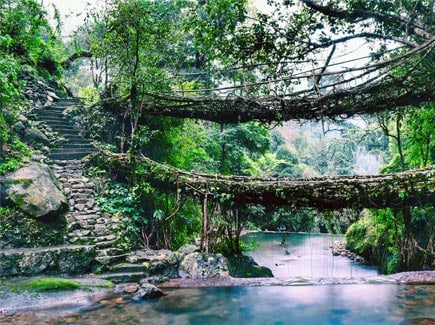
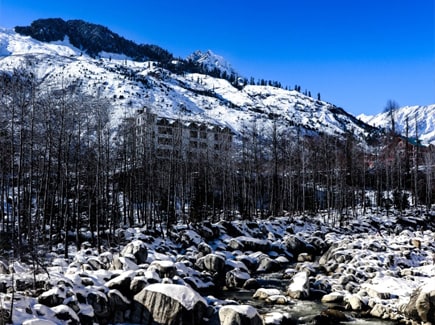






















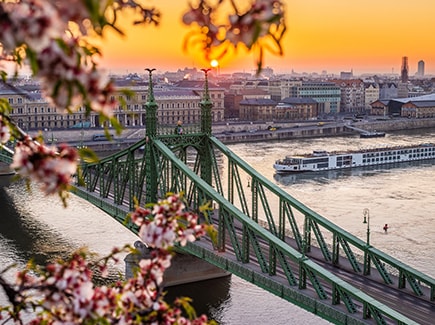
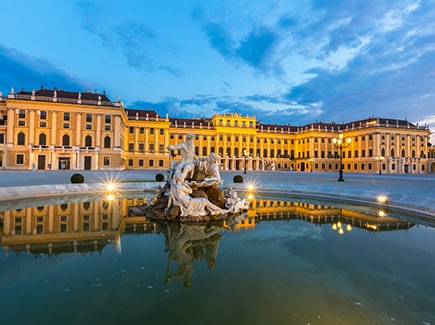
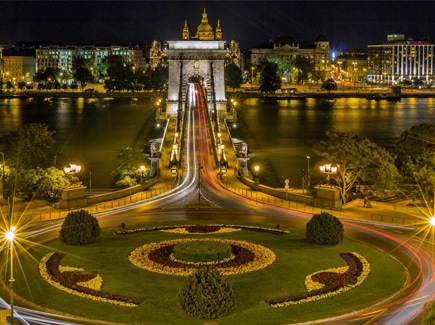
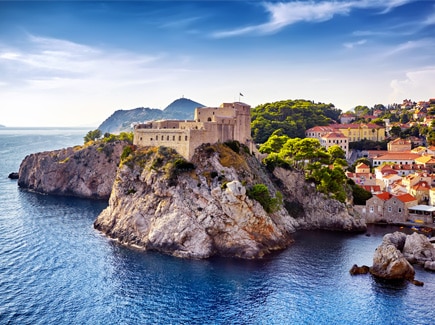
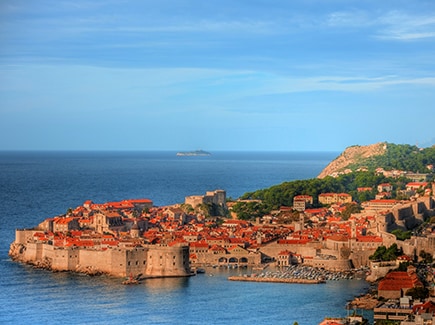







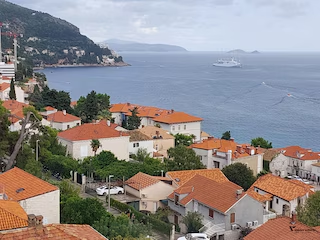

























Post your Comment
Please let us know your thoughts on this story by leaving a comment.